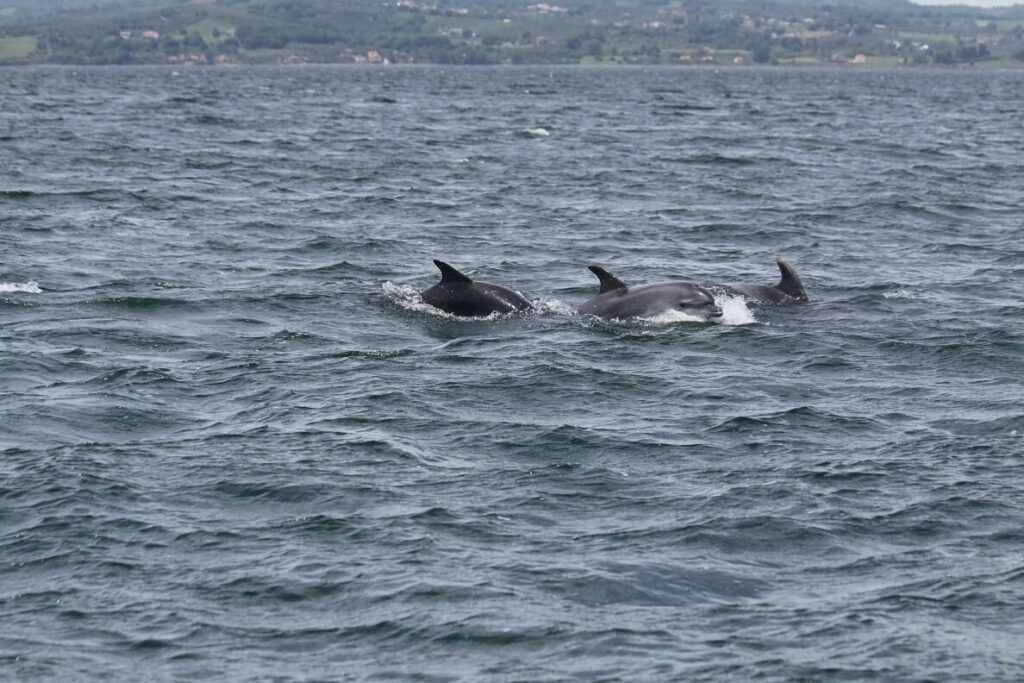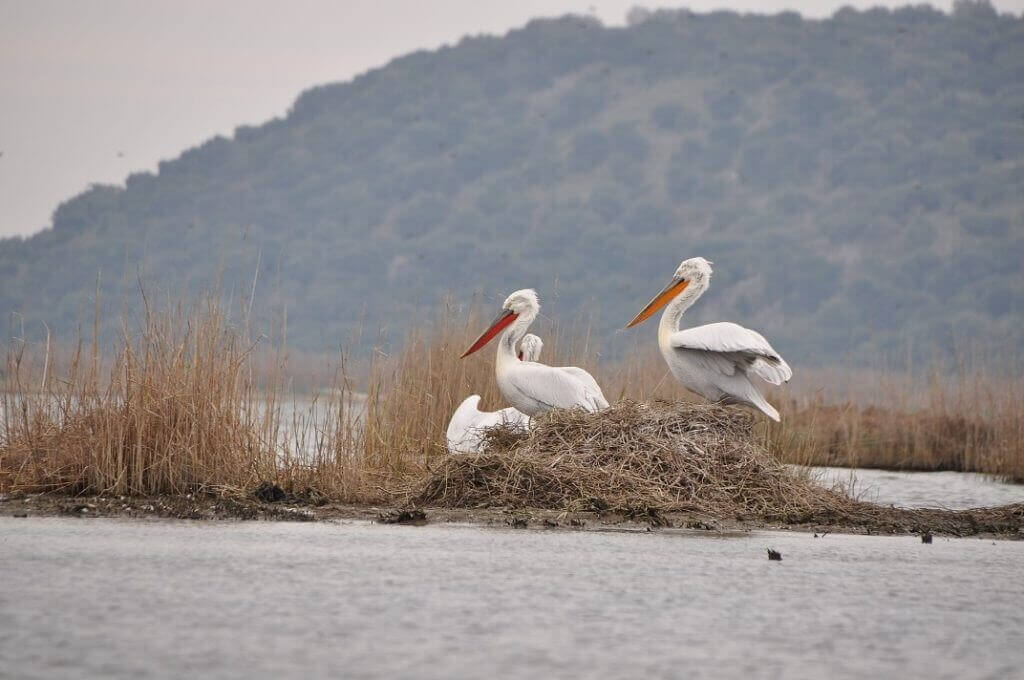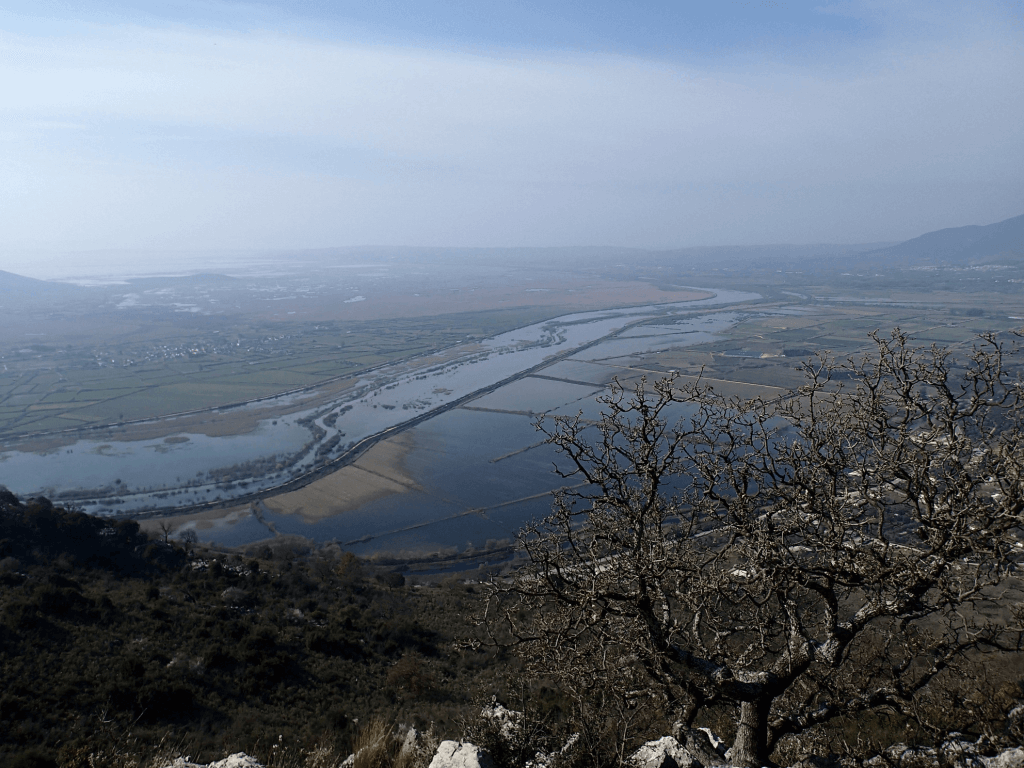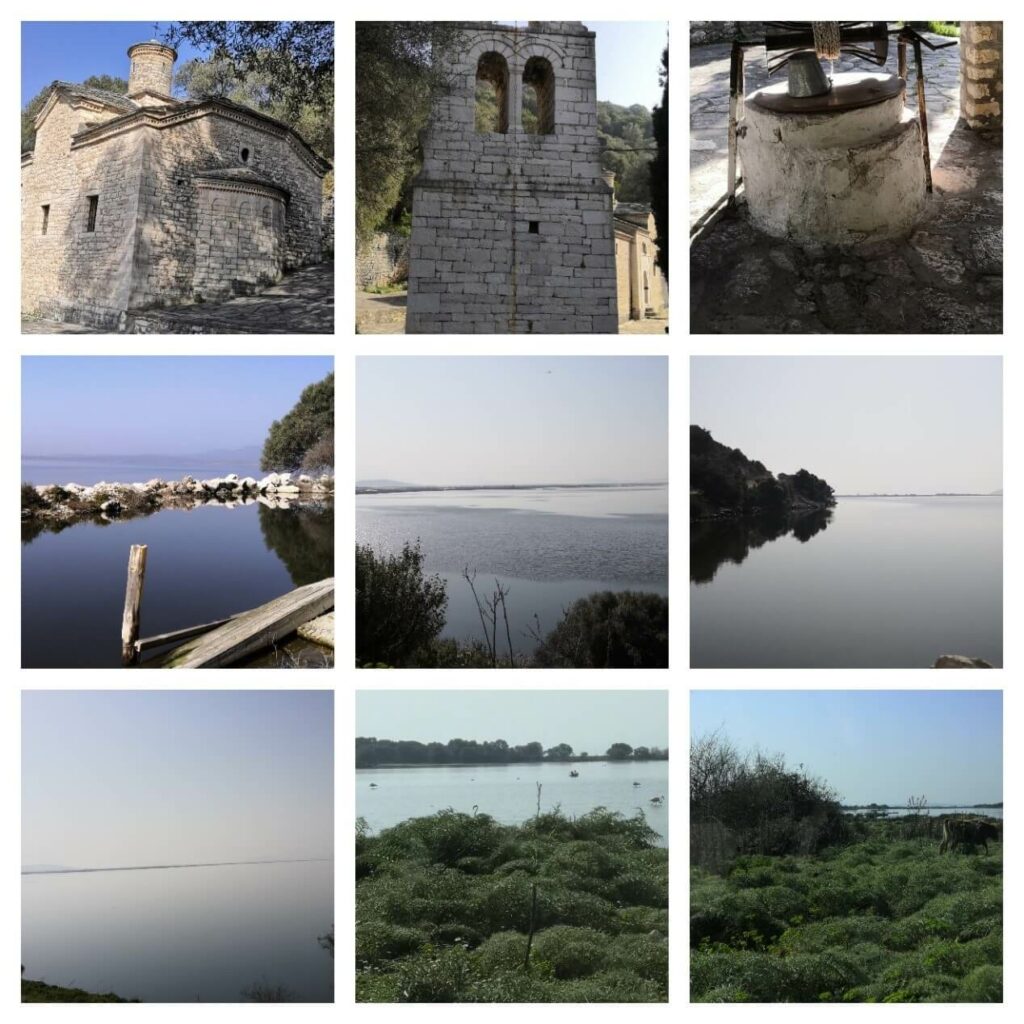Amvrakikos Wetlands National Park is a rich natural heritage environment and significant geolocation, due to the geomorphology and the rich and rare flora and fauna of the area. The three regional units, that Ambracian Gulf joins, the villages, the hills of Prophet Elias, Peranthi, Salaora, Strongyli, and Koronisia call the visitors for an exploration. The mouths of rivers Arachthos, Louros, Vovos, and Krikeliotis, the reefs, the sandblasting, the 20 and more small and large lagoons, and especially the lagoons of Rodia, Logarou, Tsoukalio, the mudflats, the water meadows, and the Wetlands in total, compose an idyllic landscape. This landscape is a Zone of partial preservation.
126 protected and threatened birds are living in this area. Representative bird species of the National Park are the Dalmatian Pelican, the Ferruginous Duck, the Raptors (Birds of Prey), such as the Lesser Spotted Eagle (Aquila pomarina) and the Spotted Eagle (Aquila clanga), and the Herons, such as the Grey Heron (Ardea cinerea), the Little Egret (Egretta garzetta), the Squacco heron (Ardeola ralloides), the Black-crowned Night-heron (Nycticorax nycticorax), and the Eurasian Bittern (Botaurus stellaris).
These birds are ideal for bird watching. There is a myth about the roaring of bittern. Bittern is a threatened species, which is rarely sighted in various reedbeds and freshwater marshes, where it hunts fishes, frogs, snakes, aquatic insects. Its roars often shake the surrounding area. The local population mentions a myth about its eerie roaring. The “elf” of the marshes lives and nests in the reeds of the wet meadows, and with its brown-yellow hair, chase its prey. Its eerie scream on spring and summer evenings shakes the reeds and causes a feeling of fear in the inhabitants of the surrounding area and rekindles the myth, according to which bittern foretells the future with its loud roar.
Fish, marine mammals, aquatic animals, and animals, in general, are also part of the large chain of biodiversity in the region. Other protected fauna species of the National Park are the Eurasian otter (Lutra lutra), the Loggerhead Sea turtle (Caretta caretta), and the Common bottlenose dolphin or Atlantic bottlenose dolphin (Tursiops truncatus).

Amvrakikos gulf – Lefkada Management Body is responsible for the Amvrakikos Wetlands National Park. Ambracian Gulf has a huge biological, ecological, aesthetic, scientific, geomorphological, and educational value. The major challenge for the Amvrakikos Wetlands National Park is to protect the freshwater marshes and inform people about the function of wetlands in order to save a vast community of species. Arachthos Centre of Environmental Education, Salaora Research and Information Centre, Rodia Wetlands Centre, and the Observatories are among the facilities, which provide the visitors the opportunity to get to know this unique world of these rare species.

Ambracian Gulf is an area of high environmental importance, and rich biological diversity, and because of that the north part of the gulf is protected by the Ramsar Convention on Wetlands of International Importance Especially as Waterfowl Habitat.
The List of Wetlands of International Importance (Ramsar List) is an international network of wetlands. The List was signed in 1971 in the city of Ramsar in Iran. It includes wetlands, which are important for the conservation of global biological diversity and for sustaining human life through the ecological and hydrological functions they perform. The list includes wetlands with significant value for humanity as a whole, while they are internationally significant in terms of ecology, botany, zoology, limnology, and hydrology. In the case of the Ambracian Gulf, we talk about an area of high environmental importance, as it is characterized by very rich biodiversity.
The Ramsar region (Ambracian Gulf) has an area of 236,490 ha and includes three large lagoons (Tsoukalio, Rodia, and Logarou), the Rodia marsh, extensive salt marshes (Arachthos Delta), and flooded areas in Louros. The Ramsar wetland belongs to a larger wetland area.
The north part of Ambracian Gulf includes a Special Protection Area (SPA) and belongs to the Natura 2000 Network Viewer. The site name of this protected area is AMVRAKIKOS KOLPOS, DELTA LOUROU KAI ARACHTHOU (PETRA, MYTIKAS, EVRYTERI PERIOCHI, KATO POUS ARACHTHOU, KAMPI FILIPPIADAS).
The overland, the aquatic, and the sea regions of Ambracian Gulf were characterized as National Wetland, as well as was made and the definition of the uses, terms, and restrictions by the Common ministerial decision (FEK 123/D /21-3-2008).

Except for the rich flora and fauna, the area is distinguished for the architectural elements, such as the Byzantine churches of Panaghia Koronisia, the Monastery of Rodia or ‘the Rose the Amaranton’, which is built at the foot of the southwestern slope of Mavrovouni (alt. 329m.) above the northeastern shore of the Rodia lagoon, the fortress of the Ottoman Period (Koulia) in Koronisia, and the Lighthouse of Kopraina, which still stands as indisputable evidence for the whilom flourishing port of Kopraina.


